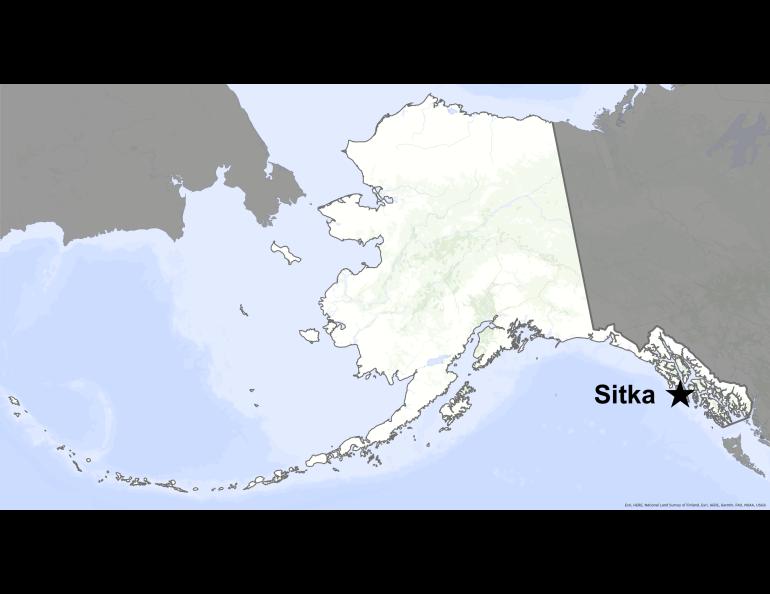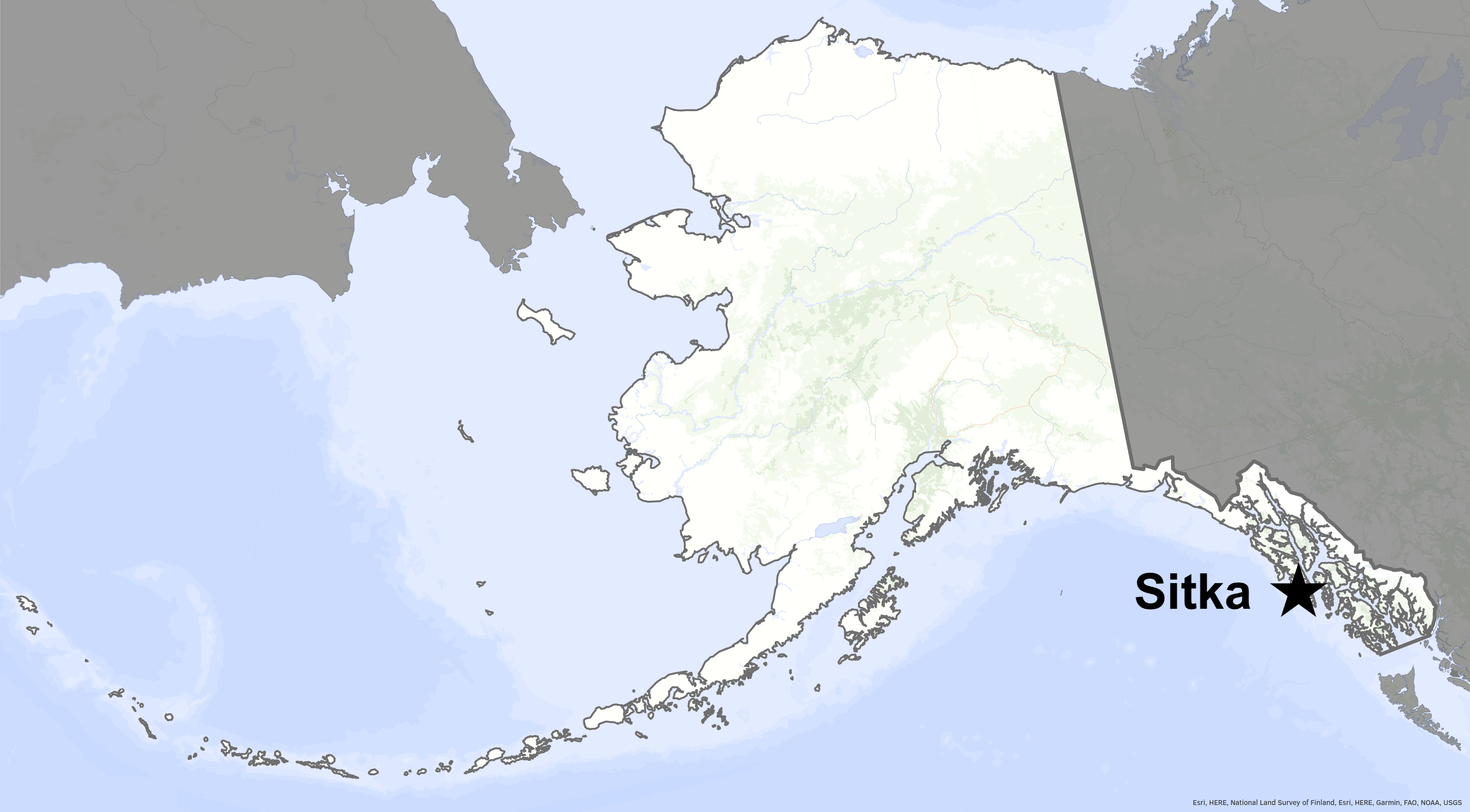
Sea stars, urchins and kelp forests
A few weeks ago, Sarah Gravem lowered a “ravenous, terrifying predator” from her boat down to the ocean floor off Sitka. Then she released it.
In a slow-motion drama, sea urchins fled as a pizza-size sunflower sea star oozed toward them.
Gravem explained: “I release one right in the middle and watch everybody freak out. It’s not just that they eat them, but they scare them. (Urchins) leave and they don’t come back.”
A biologist and diver at Oregon State University, Gravem is trying to understand whether imperiled sunflower sea stars are beneficial to kelp forests, which have also greatly diminished in the last decade.
Sunflower sea stars — recently decimated from the ocean off western Mexico, California, Oregon and Washington — are like wolves of the kelp forest, eating sea urchins that will overgraze if left unchecked, often with a scorched-earth result.
In Sitka, Gravem’s students and research team members have spent much of the summer working out of the Sitka Sound Science Center. Each morning, they boat out to kelp forests to study the relationship between sea urchins that eat kelp and sunflower sea stars that eat the urchins.
Sunflower sea stars can be as large as a trash-can lid. They grow up to 25 slimy arms. They are one of the largest sea stars and are the fastest, using thousands of coordinated tube feet to move a meter every few minutes. They live 30 years. And they are feared eating machines.
“Anything they can catch, they will eat,” Gravem said over the phone from Sitka as her diving gear dried. “They will shove an urchin inside their stomach and later spit out the empty shell.”
There are not many sunflower sea stars remaining in the Pacific Ocean. Sea star sunflowers are victims of a wasting disease, perhaps a virus, that killed 5.75 billion of them in a recent five-year period. It is difficult to find one today off the coast of California, Oregon or Washington.
“There used to be thousands of them marching around all the time,” Gravem said.
The sudden absence of the sea stars has been bad news for kelp forests off the Lower 48 and has been noticeable all the way up to Alaska, where there has been a 60-80% decline in the last decade.
Gravem, who has studied the sea stars the last five years, recently visited a former kelp forest about a mile offshore of Sitka, where today “there’s not even a scrap.”
Kelp forests are important because they provide fish with places to hide and provide sustenance for many other creatures.
“They’re like trees,” Gravem said, “but they’re even better than trees. Most every herbivore eats kelp.”
Kelp forests disappeared en masse following the staggering loss of sunflower sea stars.
“With no sea stars, sea urchins had gangbuster years,” Gravem said. “Some places, they increased tenfold.”
In a study funded by the Nature Conservancy, Gravem is examining the sunflower sea star/urchin relationship to learn more about if the reintroduction of the predator sea star will help kelp forests, which grow from spores each year and die back in the winter.
Norah Eddy, associate director of the Nature Conservancy’s oceans program in California, envisions reintroducing sunflower sea stars in strategic areas off the West Coast where kelp forests used to thrive.
“Our recent work on this has included raising sunflower sea stars in captivity and introducing them into the wild to find out whether they can survive the same way a wild-born sea star could,” she said.
Gravem pointed out that females produce a million eggs each year. Once areas of the ocean are salted with them, the sea stars would reproduce on their own if the wasting disease has run its course.
“I think it wouldn’t be that crazy,” she said.
Before returning to her home in Oregon, Gravem finished the phone call with a hint of hope.
“The good news is that (sunflower sea stars) seem to be increasing right now,” she said. “I’ve seen them more in Sitka this year than in the past.
“And California had a sighting that I know of this year. If somebody saw one, there’s probably more.”





